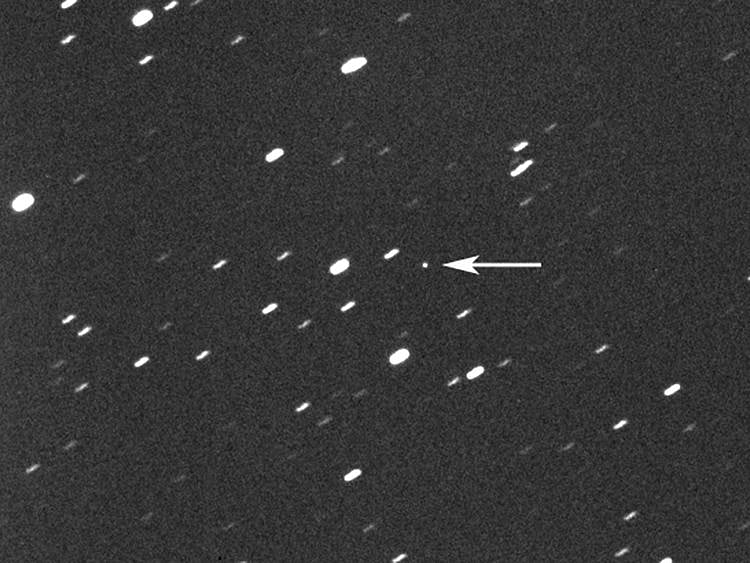Asteroid that could wipe out a city is near, but don't fear
Scientists estimate its size somewhere between 40 meters and 90 meters

Cape Canaveral, Florida: An asteroid big enough to wipe out a city will zip harmlessly between Earth and the moon's orbit this weekend, missing both celestial bodies.
Saturday’s close encounter will offer astronomers the chance to study a space rock from just over 100,000 miles (168,000 kilometers) away. That’s less than half the distance from here to the moon, making it visible through binoculars and small telescopes.
While asteroid flybys are common, NASA said it’s rare for one so big to come so close — about once a decade. Scientists estimate its size somewhere between 40 meters and 90 meters.
Discovered a month ago, the asteroid known as 2023 DZ2 will pass within 515,000 kilometers of the moon on Saturday and, several hours later, buzz the Indian Ocean at about 28,000 kph.
Also Read
Asteroid discovery suggests ingredients for life on Earth came from spaceScientists offer 'non-alien explanation' for interstellar visitor Oumuamua'No need to worry': Odds drop newly-found asteroid 2023 DW will hit EarthViral video: Asteroid Sar2667 spotted just before hitting Earth's atmosphere“There is no chance of this ‘city killer’ striking Earth, but its close approach offers a great opportunity for observations,” the European Space Agency’s planetary defense chief Richard Moissl said in a statement.
Astronomers with the International Asteroid Warning Network see it as good practice for planetary defense if and when a dangerous asteroid heads our way, according to NASA.
The Virtual Telescope Project will provide a live webcast of the close approach.
The asteroid won’t be back our way again until 2026. Although there initially seemed to be a slight chance it might strike Earth then, scientists have since ruled that out.
Sign up for the Daily Briefing
Get the latest news and updates straight to your inbox
Network Links
GN StoreDownload our app
© Al Nisr Publishing LLC 2025. All rights reserved.